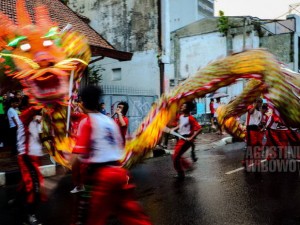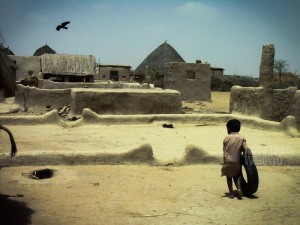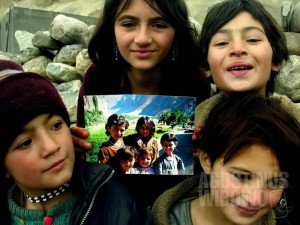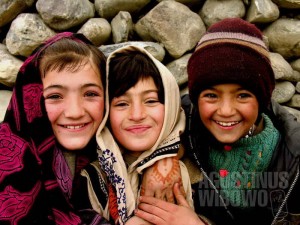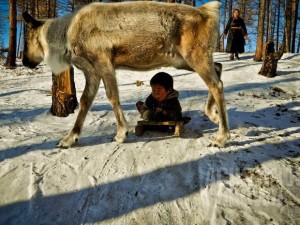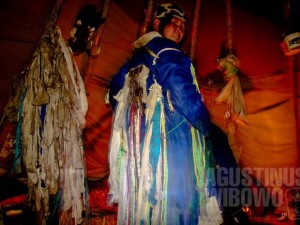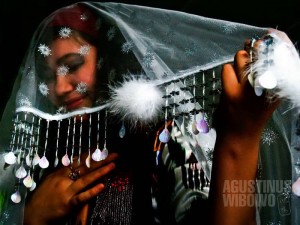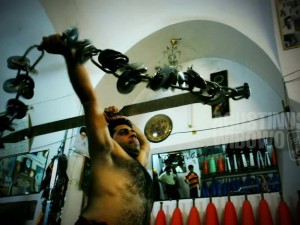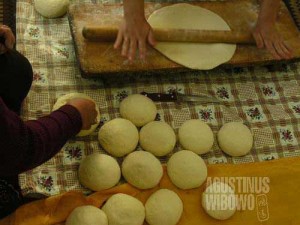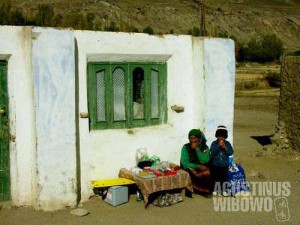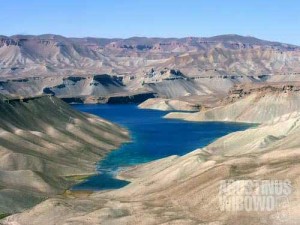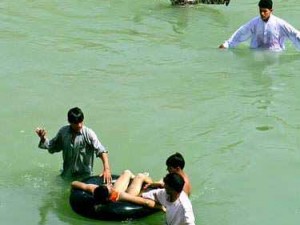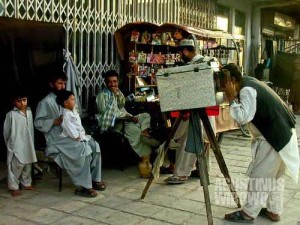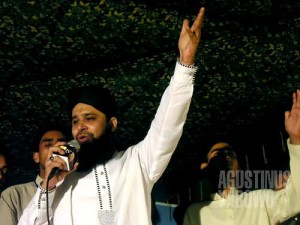#1Pic1Day: Sang Pemburu Elang | The Eagle Hunter (Mongolia, 2009)
The Eagle Hunter (Mongolia, 2009) The Kazakhs are a minority groups inhabiting the westernmost part of Mongolia, especially in the province of Bayan Olgii. They are predominantly Muslims and still preserve the tradition of eagle hunting. The possession of eagle have been pride for the nomadic people since centuries ago, including Arabian sheikhs who are eager to pay any sum for the highest quality of eagles and falcons smuggled from Mongolia. As for the Mongolian Kazakh, eagles are used as weapon to hunt for foxes, and they got their eagles by kidnapping them from the wilderness. The fur hat wore by Kazakh hunters are made from fur of foxes’ legs they have hunted down. Once a year, Eagle Festival is held in the provincial capital of Olgii to preserve this almost-extinct ancient tradition. Sang Pemburu Elang (Mongolia, 2009) Bangsa Kazakh, minoritas Muslim yang mendiami wilayah bagian barat Mongolia (Provinsi Bayan Olgii) masih mempertahankan tradisi berburu dengan elang. Tradisi memelihara elang sudah berusia ratusan tahun dan merupakan kebanggaan bangsa-bangsa nomaden, termasuk para syeikh Arab yang sanggup membayar mahal untuk elang-elang dan rajawali berkualitas terbaik yang diselundupkan dari Mongolia. Bagi bangsa Kazakh Mongol, elang yang ditangkap dari alam liar adalah senjata mereka [...]



